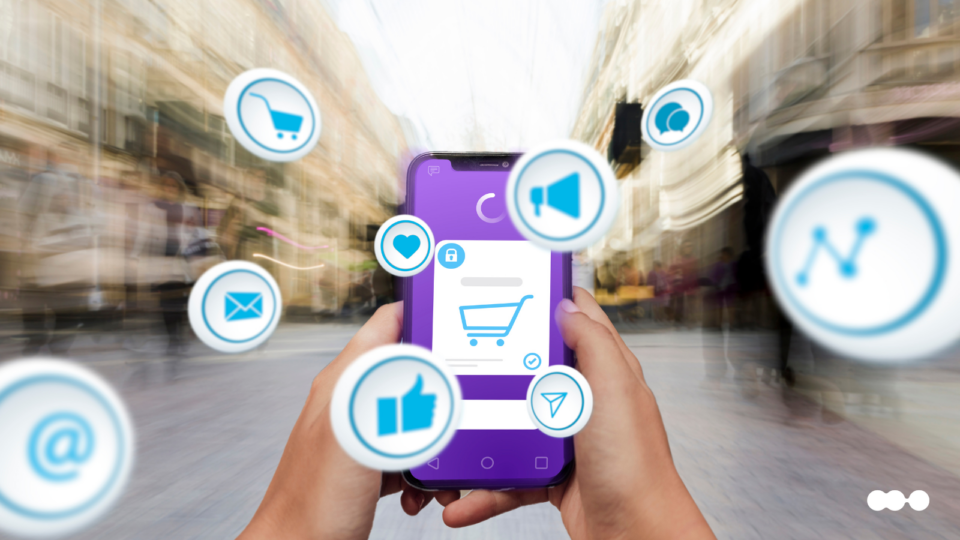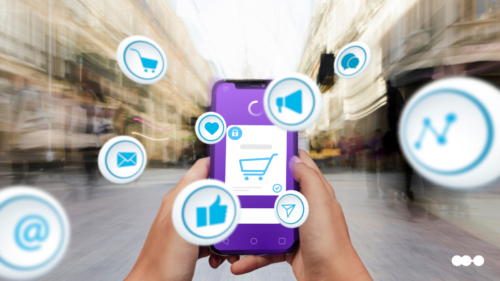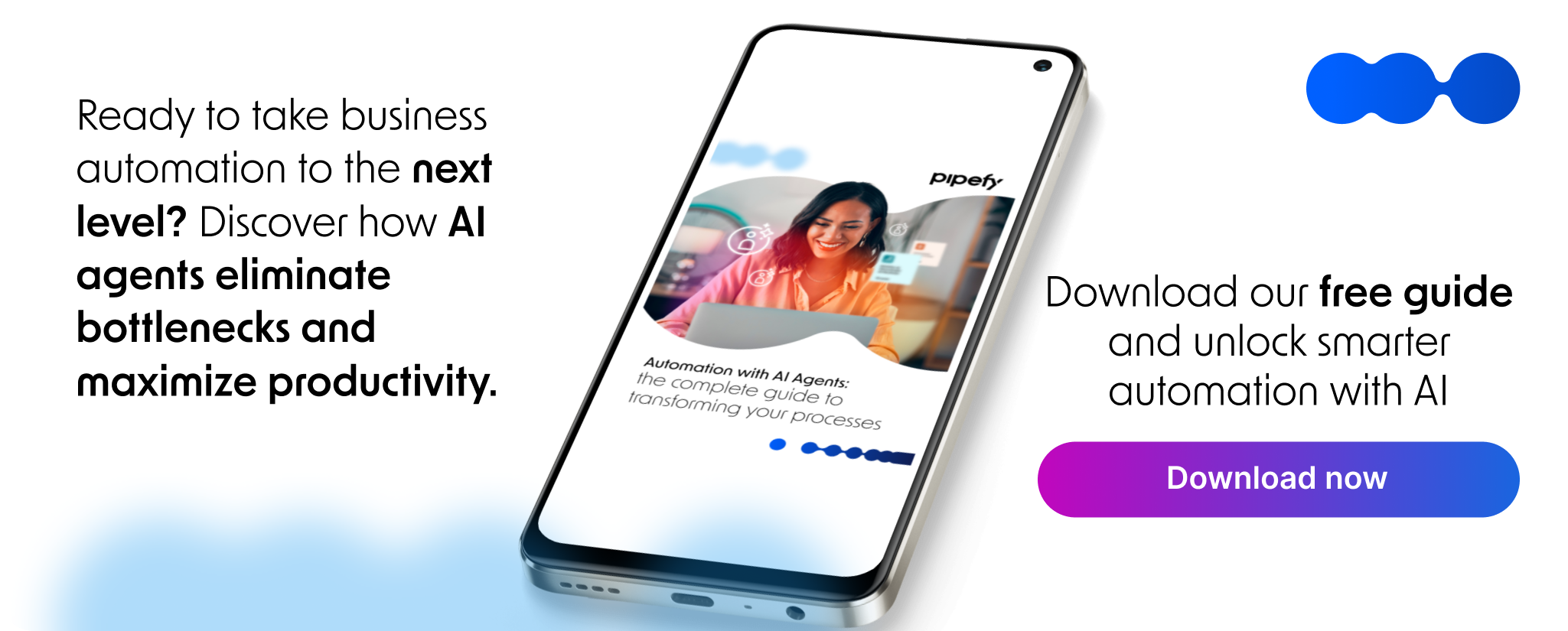
Strategic product recommendations are essential in today’s crowded digital marketplace. Simply having a great product is not enough, as customers are inundated with choices and their attention is the most valuable currency. They expect more than just a transaction; they crave a personalized experience that understands their needs and anticipates their desires.
For years, companies have tried to master this, but traditional methods are quickly becoming obsolete. The real breakthrough comes from combining this strategy with the power of Artificial Intelligence (AI), creating a system that not only suggests products but also drives significant revenue growth.
This article explores how you can move beyond basic recommendations to build an intelligent, automated engine that boosts sales and deepens customer loyalty. We will cover the limitations of old approaches, the transformative power of AI Agents, and how your business can implement this advanced strategy with surprising ease using a low-code platform.
The High Stakes of E-Commerce: Why Personalization Is No Longer Optional
The modern consumer journey is complex and highly individualized. Generic marketing messages and one-size-fits-all website experiences are ineffective. Shoppers today expect brands to recognize them, remember their preferences, and provide relevant suggestions that make their lives easier. Failing to meet this expectation has significant consequences.
Recent data highlights the immense value of getting personalization right. Research from McKinsey shows that companies that excel at personalization generate 40% more revenue from those activities than average players. This isn’t just about making customers feel good, it’s a direct driver of financial performance. When customers receive relevant recommendations, they are more likely to add items to their cart, increasing the Average Order Value (AOV).
Furthermore, a positive, personalized experience builds trust and loyalty, which are crucial for long-term success. The same report indicates that 78% of consumers are more likely to make a repeat purchase from companies that personalize. This creates a virtuous cycle: better recommendations lead to more sales, which generates more data for even smarter recommendations in the future.
In this competitive landscape, businesses that fail to invest in personalization are not just missing an opportunity, they are actively losing customers to competitors who do.
Traditional vs. AI-Powered Product Recommendations
For many years, the concept of product recommendations was limited to simple, rule-based logic. While better than nothing, these traditional methods lack the sophistication to create truly personal experiences. The arrival of artificial intelligence, particularly AI Agents embedded within business processes, represents a paradigm shift.
Let’s compare the two approaches to understand the leap in capability:
| Feature | Traditional Recommendation Systems | AI-Powered Recommendation Systems (with AI Agents) |
| Data Analysis | Relies on basic logic, like “customers who bought X also bought Y” or “top-selling items” | Analyzes vast, complex datasets in real-time, including browsing history, click patterns, cart additions, and time spent on a page |
| Personalization Level | Segment-based or general. Offers the same recommendations to large groups of users | Hyper-personalized. Creates unique recommendations for each individual user based on their specific behavior and predicted intent |
| Adaptability | Static and slow to adapt. Rules are manually set and require frequent updates to remain relevant | Dynamic and self-learning. The system continuously adapts to new data and changing customer behavior without manual intervention |
| Context Awareness | Limited or non-existent. Cannot typically factor in context like seasonality, current promotions, or real-time user intent | Highly contextual. Can adjust recommendations based on real-time triggers, such as items in the cart or current marketing campaigns |
| Operational Model | Often requires significant manual effort from merchandising or marketing teams to configure and maintain | Fully automated. AI Agents can manage the process end-to-end, from data analysis to delivering the final recommendation |
The difference is clear. While traditional systems offer a static snapshot of popularity, AI-driven systems create a dynamic, evolving conversation with each customer.
Read more: Automated workflows in Pipefy: from traditional automation to AI Agents
How AI Agents Transform Product Recommendations
Understanding how AI works is key to unlocking its potential. The transformation is driven by several core capabilities that are made possible by technologies like Agentic AI and Embedded AI.
First, predictive analysis allows the system to move beyond past behavior and predict future actions. An AI Agent doesn’t just see that a customer bought a camera; it analyzes thousands of similar user journeys to predict they will likely need a memory card, a camera bag, or a specific type of lens next. Then, it can proactively surface these items at the perfect moment, such as on the checkout page or in a follow-up email.
Second, dynamic content delivery ensures that recommendations are always relevant. Let’s say a customer is browsing for winter coats in the morning and then searching for running shoes in the afternoon. A traditional system might keep showing them coats, but an AI-powered one adapts instantly. AI Agents working within the system can detect this shift in intent and immediately pivot the product recommendations to athletic gear. This capability is powered by Embedded AI, where the intelligence is woven directly into the operational workflow of the e-commerce platform.Finally, this approach enables hyper-personalization at scale.
For a human team, creating a unique experience for thousands or millions of customers is impossible. However, AI Agents can execute these tasks autonomously. They work 24/7, analyzing data, running models, and triggering personalized communications for every single user. This is the core of Agentic AI: intelligent agents that don’t just provide insights but also take action on them within a defined workflow.
A Practical Use Case: Boosting an Online Retailer’s AOV
To make these concepts tangible, let’s consider a fictional scenario.
Imagine an online fashion retailer experiencing a common set of challenges: a high cart abandonment rate and a stagnant Average Order Value (AOV). Their current recommendation system only shows “best-sellers,” which regular customers have already seen.
They decide to implement a more intelligent solution using a low-code platform like Pipefy. Here’s how they could implement it:
- Process Setup: Using Pipefy’s visual workflow builder, this company could design a “Personalized Recommendation” process. They wouldn’t need a large team of developers. Their marketing manager could drag and drop elements to create a flow that triggers when a customer adds an item to their cart.
- AI Agent Integration: Within this workflow, they would deploy an AI Agent. They could configure this agent with a simple prompt: “When a customer adds an item to their cart, analyze their browsing history and the item’s category. Recommend three complementary products that are in stock and have a high-profit margin. Prioritize items that are frequently purchased together.”
- The Workflow in Action: Now, let’s say a customer adds a pair of formal leather shoes to their cart. The AI Agent would instantly analyze the data to determine that users who buy these shoes often also purchase matching belts, shoe polish kits, and premium socks.
- Automated Action and Results: The agent would then pass this information to the integrated marketing automation tool, which could display a pop-up on the website saying, “Complete Your Look!” with images of the recommended belt, polish, and socks. This highly relevant, in-the-moment offer could significantly increase the chances of the customer adding more items to their cart.
In this scenario, the company could achieve a measurable uplift in sales without hiring new staff or investing in a complex, custom-coded software project.
Key Benefits of an Automated Product Recommendation System
Implementing an AI-driven system for product recommendations delivers compounding benefits that extend across the entire business. Moving beyond just theory, the practical advantages are substantial and measurable. Let’s dive into them:
Increased Sales and Revenue
This is the most direct benefit. By showing customers items they are genuinely likely to buy, you increase both conversion rates and the average value of each order. This translates directly to top-line revenue growth and improved profitability, as you are maximizing the value of every single visitor to your site.
Enhanced Customer Experience (CX)
Personalization makes customers feel understood and valued. A shopping journey that feels helpful, intuitive, and tailored to individual tastes builds trust and reduces friction. This positive experience becomes a key brand differentiator and encourages customers to return.
Higher Customer Lifetime Value (CLV)
By consistently providing value through relevant recommendations, you build stronger, long-term relationships. A happy customer who feels understood is more likely to make repeat purchases, engage with your brand on other channels, and become a loyal advocate, significantly increasing their lifetime value.
Improved Inventory Management
Intelligent recommendation engines can be a powerful tool for inventory control. These systems can be strategically configured to promote overstocked items or products with higher profit margins, helping you move inventory more efficiently and optimize for profitability without sacrificing the customer experience.
Rich Customer Insights
The data generated by an AI recommendation system is a goldmine. It provides deep, real-time insights into purchasing patterns, product affinities, and emerging consumer trends. This information is invaluable and can inform everything from future marketing campaigns to new product development and merchandising strategies.
Read more: AI Business Process Automation: 5 real benefits you can achieve today
FAQ: AI Product Recommendations
Here are answers to some common questions about using AI for product recommendations:
1. What kind of data is needed to get started?
While more data is always better, you can start with the basics: customer purchase history and product metadata (category, price, brand). As the system matures, you can incorporate more advanced data points like browsing behavior, clickstream data, and customer demographics for even more accurate recommendations.
2. Is this difficult to implement? Do I need to be a developer?
No. With Pipefy’s free template and low-code platform, implementation is much easier. Our template is designed to be used by business users, not just IT experts. You can configure and deploy AI Agents using natural language. The visual workflow builder makes the entire process intuitive, removing the technical barriers typically associated with AI implementation.
3. How does this differ from standard marketing automation?
Standard marketing automation typically operates on pre-set rules (e.g., “if a customer buys X, send email Y”). An AI-driven system is much more dynamic. It uses Agentic AI to make its own decisions based on real-time data analysis, adapting its recommendations for each user without needing a human to define every possible scenario.
4. How can I measure the ROI of an AI recommendation system?
The Return on Investment (ROI) can be measured through several key performance indicators (KPIs). Track the direct uplift in Average Order Value (AOV) and conversion rates for customers who interact with AI-powered recommendations versus those who don’t. You can also measure the increase in Customer Lifetime Value (CLV) and the reduction in cart abandonment rates over time.
5. Will AI replace the need for human merchandising or sales teams?
No, the goal of AI in this context isn’t to replace, but to augment human expertise. AI handles the massive scale of data analysis and task execution, freeing up your team to focus on higher-level strategy, creative campaigns, and building customer relationships. The AI provides the recommendations, while your team provides the strategy and the human touch, with full power of supervision.
Get Started in Minutes: Your Free Product Recommendations Template
The idea of implementing an AI-powered system may sound complex and expensive, but modern no-code and low-code platforms have made it accessible to businesses of all sizes. You no longer need a dedicated data science team or a multi-month development cycle to get started.
To help you take the first step, Pipefy has created a free Product Recommendations template with AI Agents.
This template provides a ready-to-use workflow built on Pipefy. It is designed to help you quickly set up and automate an intelligent recommendation process.
With it, you can:
- Centralize triggers from your e-commerce platform
- Deploy AI Agents with simple, natural language prompts to generate recommendations
- Automate notifications to your marketing tools or sales team
- Track the performance of your recommendations in a visual dashboard
Since Pipefy is a low-code platform, you can easily customize this template to fit the unique needs of your business. Add new rules, integrate with your existing software stack (like your CRM or email platform), and scale the process as your business grows.
Click the button below to access the free template and equip your business with the intelligent tools needed to thrive in the modern market:







